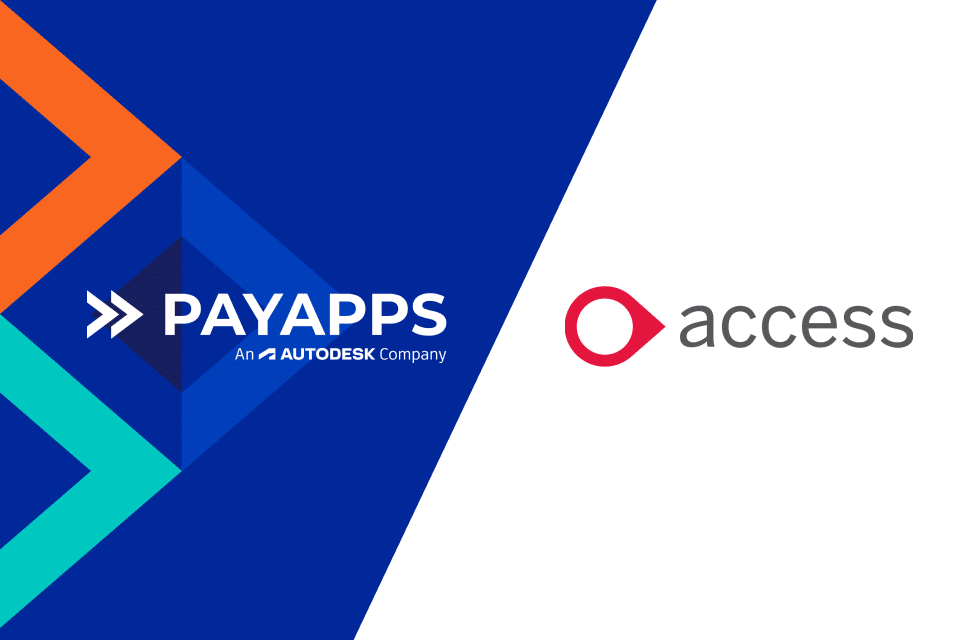The Construction industry, like many other industries, is facing many unprecedented changes and challenges in the current climate. It makes it more important than ever to ensure risks are identified and mitigated as much as possible.
In a recent London Build Online webinar, we explored the risks facing the industry and what could be done by companies to reduce those risks. Interestingly, although economic factors featured very heavily in these discussions with Brexit and the Covid pandemic impacting the industry, possibly the largest potential risk to the industry that was discussed centres around ‘people’.
Since 2016, the largest concern for the construction industry was the UK’s exit from the European Union, and how projects may be impacted. Indeed, the effects of this are certainly being felt.
With additional layers of bureaucracy required for the recruitment of EU workers, delays and shortages have inevitably followed. However, what nobody could have predicted was the global pandemic, and how this has exacerbated many of these issues. Travel restrictions have impacted EU workers coming into Britain, with many who worked here previously choosing not to return this year.

The future of skilled labour
Lessons from previous recessions show us that shortage of skilled labour can be a huge problem for the industry. However, as the world has moved on, some of the challenges faced now are different to those faced in the past.
As Anne Smales, Deputy Commercial Director at Bouygues UK, mentioned in our recent webinar the ongoing introduction of new technology and innovation as well as net zero carbon targets means that experts are needed to support the industry in achieving their goals.
Anne went on to say that we have “an obligation to make our industry look more attractive, particularly to school-age children and further education leavers” to ensure the sector is attractive to young people, so that they view construction as a viable career choice.
There are already a number of initiatives attempting to address this, such as the STEM Ambassador scheme that’s being championed by the Construction Leadership Council. Anne is currently a STEM ambassador but notes that this platform is reliant on those in the industry getting involved and communicating with young people about just how varied the space is, and how many different opportunities are available.
Bouygues UK have also recently been involved in the ‘Girls Believe Academy’, talking to girls in secondary schools to highlight the options available to them in construction and to try to dispel some of the myths and stereotypes construction currently has. In addition, they are working with the Supply Chain Sustainability School to roll out their FIR (Fairness, Inclusion and Respect) Programme, with over 40 FIR Ambassadors already trained and able to support FIR best practice, and call out inappropriate behaviour on-site and in their offices.
Modernise or Die
Back in 2016, Mark Farmer, one of our webinar panelists and CEO and founder of Cast Consultancy, conducted a review of the Construction Labour Model in the UK, entitled ‘Modernise or Die’. In this webinar, Mark stated that there is ‘massive structural pressure’ on the human resources within construction, with three main issues that need to be addressed:
● An ageing workforce
● The geopolitical implications of the likes of Brexit, impeding the flow of labour from the EU
● Attracting young talent into the industry
The industry needs to find a way to make it clear that a workforce will always be needed. New technologies may change some of the roles required and introduce new ones, but the future will still require a mix of people with the new skillsets working alongside those with the traditional, artisan skills.
In summary, on the issue of human capital in construction, Mark draws a concerning conclusion:
“Some of the projections I made in 2016 in ‘Modernise or Die’ are actually worse than what I projected even five years ago. The industry needs to sit up and think about that in terms of its sustainability.”
Employee wellbeing in construction
Of course, while recruiting and attracting new people into the industry is clearly important, companies also need to ensure they are retaining and supporting the workforce they already have.
The last 12 months have forced companies to place a lot more emphasis on employee wellbeing, and rightly so. Lockdowns have meant that communication has had to be a lot more open and frequent, and this has helped to instil a sense of community within the workforce, and enabled employees to speak out more about issues they are facing.
Many companies are introducing various initiatives into their businesses to provide extra levels of support to their employees, such as the affinity networks that Bouygues UK have recently expanded with each network having the support of a Board level champion. . This is just one of a number of initiatives that Bouygues UK has implemented to give their staff the support they need and a ‘safe space’ to share any personal challenges they are facing.
The work-life balance of employees is also being addressed, with the last 12 months proving that remote working is possible, for office-based staff at least. As Steve Gratte, Supply Chain Director at Gratte Brothers, said in our webinar, the challenges of the last year have enabled senior leaders to “understand human dynamics better” and gain a sense of empathy with their employees too. If anything, the pandemic has put increased focus on employee wellbeing.
Mark Farmer states of his business, Cast Consultancy, “We are a people business”. Mark has noticed a shift away from ‘presenteeism’, demonstrating that work is not ‘where you go’, it’s ‘what you do’. Although despite the clear productivity upsides in the shift to remote-working, there is a negative impact on many younger workers in terms of isolation and personal development. This is an area to which Mark and his team are paying particular attention.
Flexible working patterns that suit both employer and employee are more likely to be the norm in future. Some fantastic initiatives have been created over the last 12 months to attempt to address these three core issues facing human capital in construction.
Collaboration and communication will be key to continuing the journey that has been started, to modernise and future-proof the workforce and the industry as a whole.





